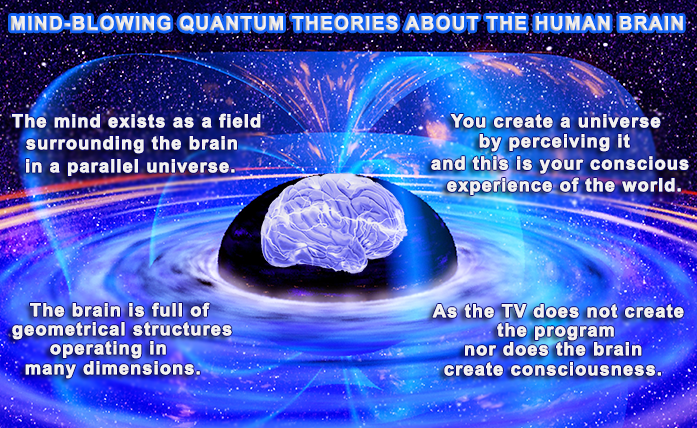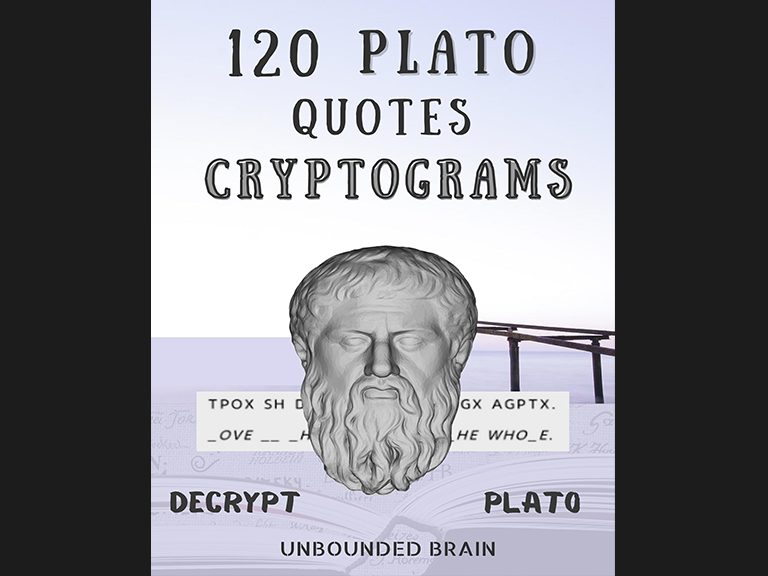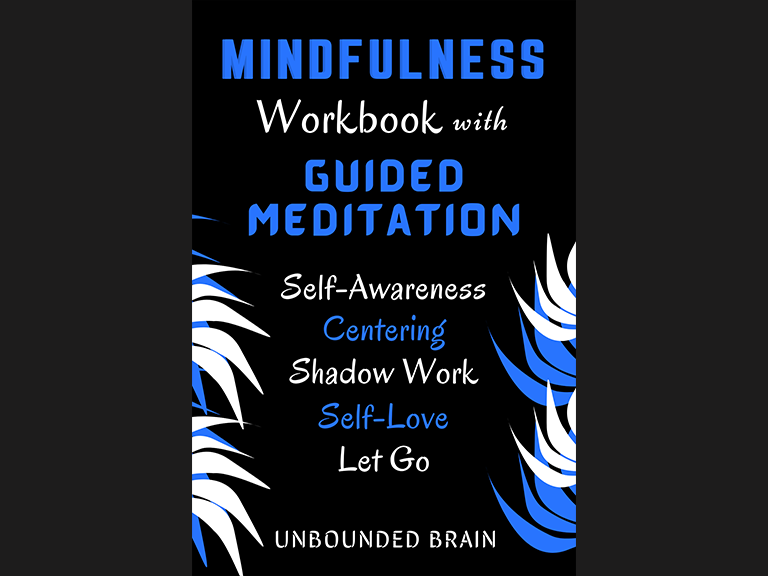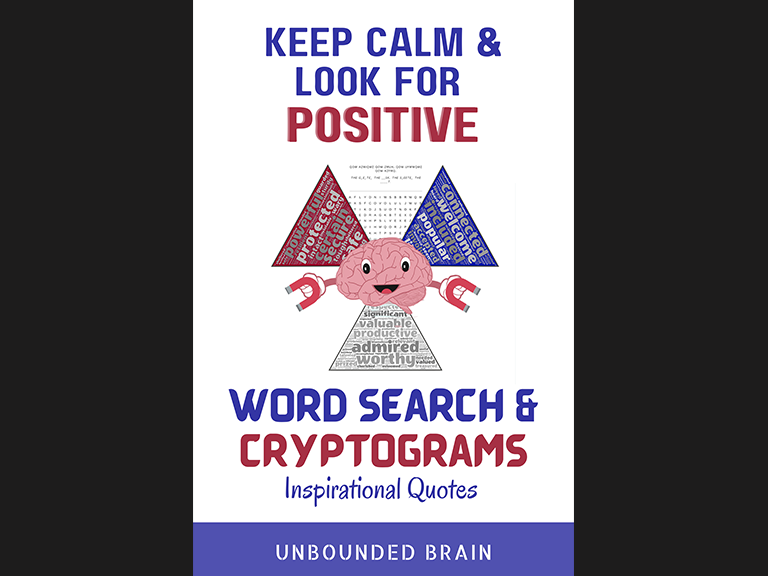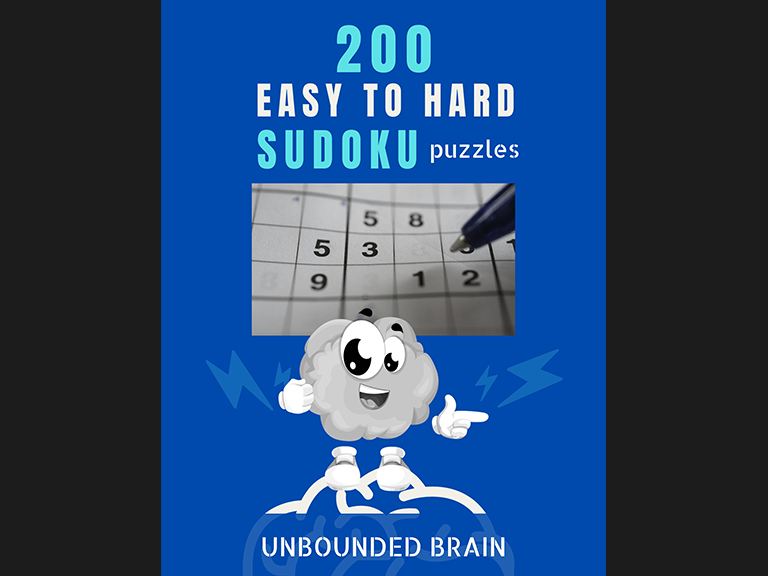Might Be Human Brain a Multidimensional Quantum Orchestra?
From the meeting of neurosciences and quantum physics, a new theory of consciousness emerged: the human brain network is full of geometrical structures operating in many dimensions. According to this theory, the mind might exist as a field surrounding the brain in a parallel universe.
Many questions have arisen over the years about the relationship between the mind and the brain. Some researchers have stated that the mind /consciousness is merely a product of the firing neurons, while others have striven to understand (and to prove scientifically) the existence of the mind independent of the brain.
The simple mention of “quantum mind” makes many physicists squirm, as the phrase is frequently associated with the vague and overused New Age pseudo-scientific beliefs and concepts.
Revisiting some of the most essential modern physics theories, we might think twice before throwing the baby with the bathwater.
Both relativity and quantum theory have shaken the foundations of standard Newtonian physics and made us redefine our broadly accepted notions of space, time, and matter. The old Cartesian distinction between mind and body, as well as the concept that there is a fixed aim reality “out there” outside ourselves, which we must discover, have been seriously questioned.
Quantum mechanics provides a theoretical framework for understanding the universe on the smallest scales: molecules, atoms, and all the way down to subatomic particles like electrons and quarks. When we switch from the macro-universe to the micro-universe, we enter a field that is dominated by completely different laws. In this micro realm, the information seems to be communicated by canceling any space and time constraints.
A revolutionary discovery, known as “quantum entanglement” opened new fascinating horizons. It has been shown that if two subatomic particles which have interacted with each other at least once are sent into two opposite directions, they will remain inseparably connected. Basically, when actions are performed on one of the particles, corresponding changes are noticed on the others simultaneously, regardless of the distance.
This phenomenon contradicts the “principle of locality”, one of the main pillars upon which classical physics rest. The concept is that distant objects cannot have a direct influence on one another.
In our familiar world, everything has a place. The universe we live in possesses all the qualities of the locality. We have a clear sense of place and of the connections between places. We deeply experience the separation from the ones we love and the incapacity to directly influence something from a distance.
The two quantum particles act in a coordinated manner even if no force passes through the space between them. They just break the principle of locality, by transcending space. This was called “quantum nonlocality”.
Here we enter the hallucinating Wonderland world of quantum physics, where the well-known laws of physics no longer apply.
Can Science Prove that Human Consciousness Exists in a Parallel Universe?
In the mid-1990s Stuart Hameroff, anesthesiologist, professor, and director of the Center for Consciousness Studies, The University of Arizona, and Roger Penrose, Professor of Mathematics at the University of Oxford put forward a new brain theory, known as Orch-OR (Orchestrated Objective Reduction). They suggest that quantum processes play an important role in human consciousness.
A Quantum Computer Brain?
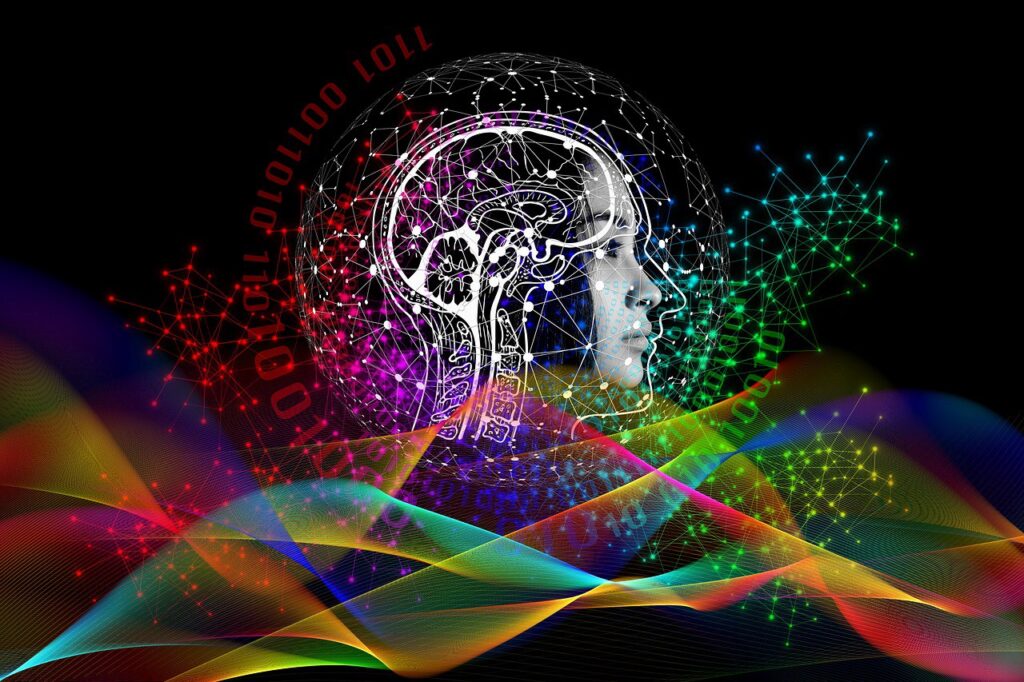
According to the mainstream knowledge about the brain, once neuron A fires, there is a domino effect of neuronal activation A→B→C→D→E. Similarly, in a conventional computer, signals are moved around from place to place along traceable paths.
In a quantum computer, the microscopic components are connected via the ‘quantum entanglement. Such a computer can input multiple numbers/states at the same time and simultaneously explore a few potential solutions to a problem.
The way our brain processes information is far too sophisticated and rapid for being accomplished only by biochemical and bioelectric processing. That’s the reason some scientists have attempted to explain the neural mechanisms by quantum theory and searched for similarities between the human brain and the quantum computer.
At the root of the Penrose-Hameroff theory, there are some tiny protein structures inside the brain cells, called microtubules, whose key role is to organize the form and function of a cell.
Hameroff and Penrose formulate a hypothesis that these proteins might be a biological analog of quantum computation. They suggest that microtubules allow neurons and the brain to function as a whole, performing operations like a quantum computer. They argue that the atoms and the subatomic particles in the brain are working together, receiving and transmitting information not just by biochemical means, but by nonlocal entanglement. A change in the microtubules in one brain cell will spontaneously affect microtubules in another one.
In the same way, as the quantum particles are entangled, it is possible for the entire brain’s information to be entangled and to exist in the universe on a large scale. According to Hameroff, our consciousness is made out of something much subtler than the neurons, and it might have existed forever.
“The origin of consciousness reflects our place in the universe, the nature of our existence. Did consciousness develop from complex computations among brain neurons, as most scientists assert? Or has consciousness, in some sense, been here all along, as spiritual approaches maintain?” ask Hameroff and Penrose in Physics of Life Reviews.
In 2015 Matthew Fisher, a physicist at the University of California resuscitated the Orch-OR idea, rephrasing the central question — is quantum processing happening in the brain?
In the paper Quantum Cognition: The possibility of processing with nuclear spins in the brain, he proposed a detailed explanation of how the interface between quantum waves and the brain takes place. He defined a procedure through which neural quantum processing could take place in humans and, at the same time, he identifies specific mechanisms that might produce and sustain long-term quantum entanglement in the brain.
The Brain Shares Information with The Entire Organism and the Cosmos

Starting from Einstein’s statement that energy cannot be created nor destroyed, only transformed, Dr. David Hamilton suggests that human consciousness is created on a quantum, sub-atomic scale, from the universal energy that has always existed. He states: “I believe that each of us exists before we are born on Earth (…). Each of us is pure consciousness, currently focused on a physical dimension. ” He claims that consciousness is not confined to the physical brain: “Mainstream science says that consciousness must be a side-effect of brain chemistry. But I believe that the brain merely affects consciousness, much in the same way that the quality of wiring in a TV affects the signal processing and thus the quality of the picture you get. The TV does not create the program, and nor does the brain create consciousness”, he writes.
In September 2017, Dr. Dirk K.F. Meijer, a professor at the University of Groningen in the Netherlands, published an article in the NeuroQuantology journal, reexamining the theories of consciousness that emerged from quantum physics and neuroscience. Meijer hypothesizes that our consciousness exists in a field surrounding the brain, and it might be sharing information with the brain through quantum entanglement.
He writes: “Our brain is not a ‘stand-alone’ information processing organ: it acts as a central part of our integral nervous system with recurrent information exchange with the entire organism and the cosmos. In this study, the brain is conceived to be embedded in a holographic structured field that interacts with resonant sensitive structures in the various cell types in our body.”
An Eleven-Dimensional Brain?

In June 2017, an article published in Frontiers in Computational Neurosciences, issued from the lab of Henry Markram — one of the world’s most powerful neuroscientists and head of the Blue Brain Project — is blowing minds. Using algebraic topology in a completely new way, a team of neuroscientists from the Blue Brain Project revealed a universe of multi-dimensional geometrical structures and spaces within the networks of the brain.
The goal of their experiments was to create a digital reconstruction and simulation of the human brain, in order to reveal the brain’s deepest architectural secrets and understand its multilevel structure.
They discovered that neurons tend to group into cliques. A clique is a family of neurons, each of which is connected to every other neuron in the group in a specific way that creates a clear-cut geometric object. The more neurons there are in a clique, the higher the dimension of the geometric object.
The researchers of the Blue Brain Project revealed that neural networks in the brain contain a surprisingly elevated number of cliques and this might conduct to its size as a high-dimensional geometric object.
The team validated their discovery by testing the results on real brain tissue. They claimed that their virtual studies are biologically founded and stated that the brain regularly rewires itself to create a high-dimensional structure.
“We found a world that we had never imagined, (…) there are tens of millions of these objects even in a small speck of the brain, up through seven dimensions. In some networks, we even found structures with up to eleven dimensions.” says lead researcher, neuroscientist Henry Markram, director of Blue Brain Project and professor at the EPFL in Switzerland.

At the top is a digital representation of the neocortex in the brain, and at the bottom, there is a series of shapes and structures that represent objects between 1D and 7D — the black hole is the cavity.
“It is as if the brain reacts to a stimulus by building, then razing a tower of multi-dimensional blocks, starting with rods (1D), then planks (2D), then cubes (3D), and then more complex geometries with 4D, 5D, etc, (…). The progression of activity through the brain resembles a multi-dimensional sandcastle that materializes out of the sand and then disintegrates.” says another member of the team, mathematician Ran Levi from Aberdeen University in Scotland.
These discoveries open a completely new perspective of how the brain processes information, even though the scientists indicate that it’s not yet obvious what makes the cliques and cavities form in their specific ways.
The researchers of the Blue Brain Project are planning to find out if those brains capable of creating more complex “multi-dimensional sandcastles” can also conduct more complex tasks. The scientists hypothesize that memory storage might be located between these multi-dimensional crevices.
The wheels are turning, and we can expect more mind-blowing discoveries of quantum technologies in the near future.
The meeting between quantum mechanics and neurosciences might open up new avenues for the unification of science and religion.
Originally published in Medium.com
Whether you use your pen for planning, mental health tracking, self-care journaling, or puzzling, we’ve got you covered. Check out our self-care workbooks, mindfulness journals, books, planners, and brain-challenging puzzles.

